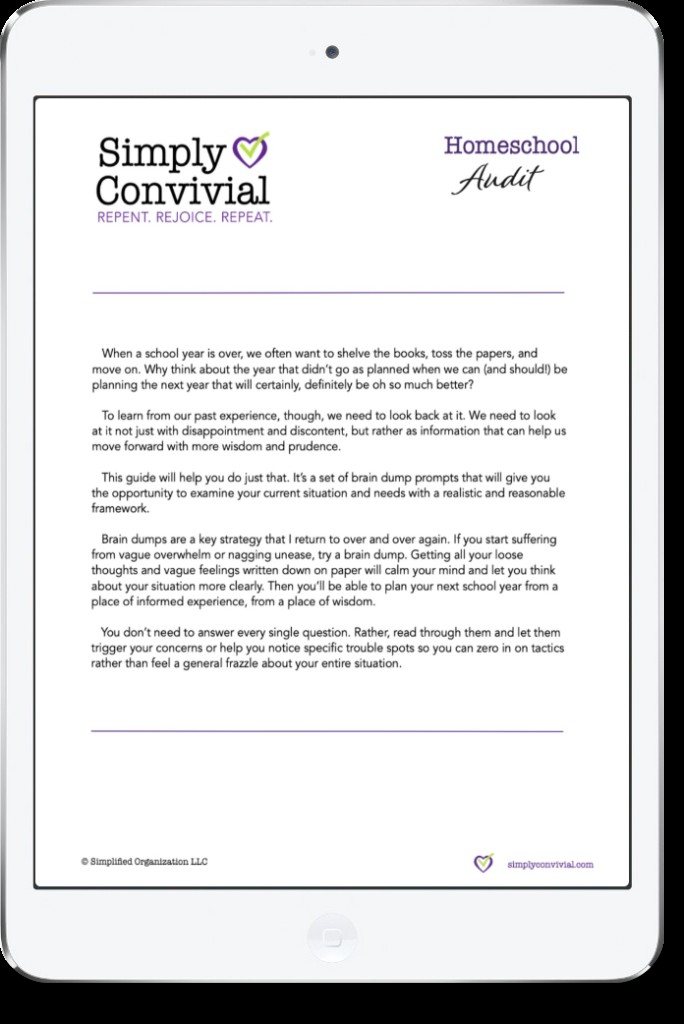It can be tricky to answer the common question, “What are you using for history?” It sometimes feels like nothing and everything.
Nothing because we don’t rely on a specific pre-packaged history curriculum. We’re not strictly following AO, MFW, CC, SOTW, or any other set program. There’s no single, meticulously planned approach, and no dedicated “history” slot in our daily schedule.
Everything because our learning is rich and varied. This year, we’re immersing ourselves in all four volumes of Story of the World through audiobooks. The children have enthusiastically read A Child’s History of the World multiple times, driven by their own curiosity. We also use Pages of History and a diverse collection of biographies, easily accessible for them to explore. They delve into Eyewitness books and historical atlases, as well as Story of the Ancient World and the ancient history section of Kingfisher World History. This approach provides a comprehensive, yet flexible, learning experience.
Creating an Immersive Historical Environment
Our shelves are filled with resources like Famous Men of Rome and Famous Men of Greece, which the children often choose independently. Engaging books like The Egyptian Echo and The Greek Gazette, along with captivating stories like Cat of Bustabes and Archimedes and the Door of Science, are readily available. A collection of paperback tales, legends, and myths of Greece and Rome awaits their attention, while D’Aulaire’s Book of Greek Myths and Norse Myths are perennial favorites.
Draw Through History also finds its place on our shelves. My younger son especially enjoys drawing Alexander the Great and his war elephants. Both sons, of course, find history an inspiring source for drawing battles, giving them endless artistic material.
Integrating History into Daily Routines
During our Circle Time, we recite history sentences taken from the timeline image captions of History Through the Ages. We also enjoy singing along to a song version of Veritas Press’s 160 timeline cards, spanning from Creation to “Modern America.” This approach weaves history seamlessly into our everyday activities.
Focusing on Exposure and Sparking Interest
Our goal for the elementary years is simple: to spark interest and provide broad exposure. I hope to establish “pegs” of important people and events in their minds, allowing them to contextualize future learning.
I question whether material “studied” in the early years truly sticks with children into adulthood. History for this age often needs to be simplified, and I don’t want them to develop the idea that history is straightforward and clear-cut. I want them to find history fascinating. This intrinsic interest will fuel more in-depth historical studies later on.
So far, this approach is proving successful.
A Hands-Off, Yet Guided Approach to Learning
Better yet, this method requires less direct instruction from me. It’s not entirely hands-off, but neither is it strictly teacher-led. I guide the history we cover during Circle Time and keep a stack of engaging books on ancient history accessible. I instruct them to read for an hour from these books or to read a chapter and write four sentences about it. Then, I let them choose and explore what interests them, ensuring they have the leisure and calm to do so.
 Homeschool audit e-cover displayed on an iPad, representing a tool for evaluating and improving the homeschool year.
Homeschool audit e-cover displayed on an iPad, representing a tool for evaluating and improving the homeschool year.
After all, in a house full of young children, dedicated time is hard to find and easily disrupted. Thankfully, these interruptions are usually from lovable little ones. This flexible approach acknowledges the realities of homeschooling while still providing rich historical learning. Ultimately, by using A Child’s History of the World lesson guide along with other resources we aim to provide a comprehensive and adaptable framework for history education.
